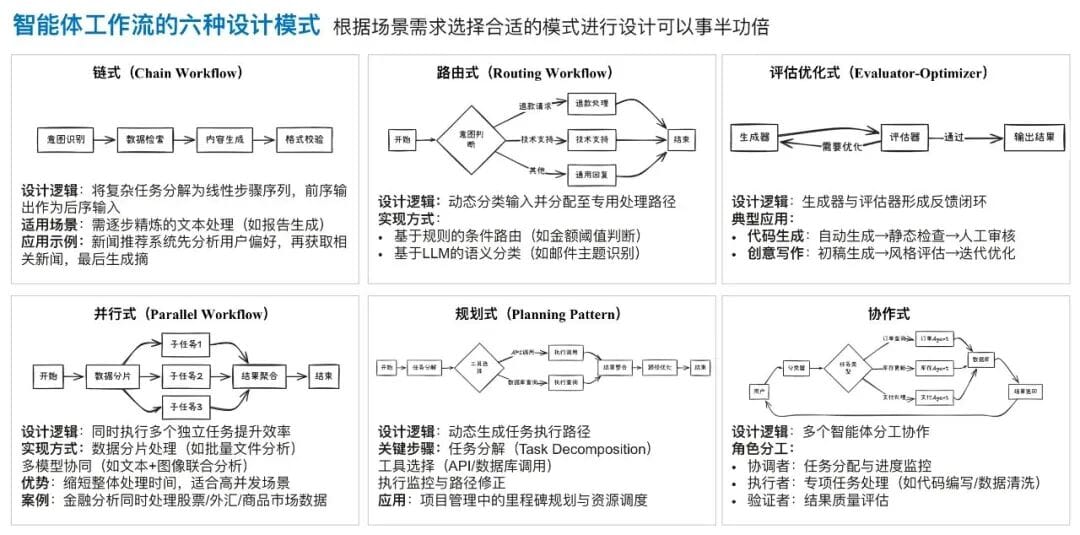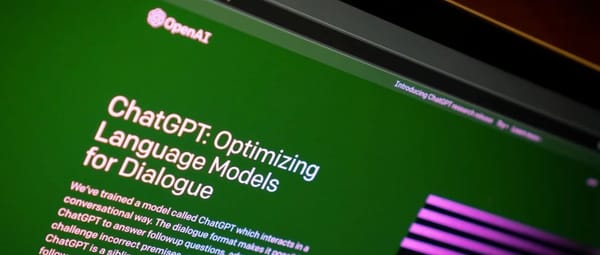
# How to Build Agents — Two Contrasting Technical Paradigms: Process-Driven Intelligence vs. Agent-Centric Intelligence
In today’s intelligent application development, two distinct paradigms have emerged for building **Agents**:
- **Process-Driven Intelligence** — focuses on **workflow orchestration**, where a **predefined process diagram** drives large models to accomplish tasks.
- **Agent-Centric Intelligence** — empowers a **single intelligent agent** with stronger cognition and decision-making abilities, enabling it to **autonomously explore and complete complex tasks**.
These paradigms represent opposite ends of the spectrum:
**Execution structure vs. perceptual capability** —
_a precisely controlled pipeline_ **vs.** _a cognition-driven expert._
Below, we compare these approaches and explore integration in **Plan & Reflection**, **Tool Use**, and **Memory**.
---
## Process-Driven Intelligence — The Art of Control
This approach continues traditional software engineering principles into the age of AI.
### How It Works
Before deep learning (e.g., BERT, GPT), developers created prototypes and flowcharts, implementing functionality step by step.
With large models, these remain *nodes* (modules) in the process diagram, orchestrated to build smarter applications.
Here, the agent operates in a **pre-designed deterministic workflow** — every step and branch is fixed during development.
### Key Characteristics
Even if some nodes involve generative unpredictability, the **overall structure is constrained by the predefined process**:

**Advantages:**
- Easier to **reuse, test, and govern** applications
- Explicit steps allow unit and integration testing
- Full execution history provides **auditing and rollback**
**Implementation Features:**
- **Clear dependencies:** Explicit sequence — no skipping or reordering
- **Predictable state transitions:** Same input → same output
- **Interrupt/resume support:** Pause on error, fix, resume
- **Execution history:** Full logs for auditing
**Example Products:**
Platforms like **Coze** provide drag-and-drop orchestration interfaces, integrating LLMs into precise business processes.
---
## Agent-Centric Intelligence — Autonomous Exploration
In contrast, this paradigm aims to make a **single agent as smart and autonomous as possible** — much like a human expert.
It avoids fixed workflows, focusing on perception, reasoning, and **self-directed execution**.
### Why It Matters
Such agents:
- Plan, execute, and deliver results independently
- Are suited for tasks with uncertainty and creativity
- Adapt and refine outputs through human–AI collaboration
**Example:** A *Deep Research* system — given an open question, it:
1. Searches for information
2. Iteratively reads and summarizes
3. Produces a structured research report
---
## Combining Paradigms — Hybrid Designs
Many real applications blend:
- **Control** from process-driven intelligence
- **Flexibility** from agent-centric intelligence
Integration across:
- **Plan & Reflection**
- **Tool Use**
- **Memory**
Platforms like [AiToEarn官网](https://aitoearn.ai/) exemplify this fusion with:
- AI creation
- Multi-platform publishing
- Analytics
- Model ranking ([GitHub](https://github.com/yikart/AiToEarn))
---
## Implementation Characteristics of Cognitive Agents
Cognition-driven agents function in a **state-driven** way:
- **Global Perspective:** Access full history and context
- **Incremental Optimization:** Refine decisions over time
- **Dynamic Strategy Adjustment:** Change plans in real time
- **Human-AI Feedback:** Incorporate user corrections
**Example Product:**
**DeerFlow** — aims for “model as product,” boosting perception and decision-making.
---
## Path to Integration — Hybrid Intelligence Architecture
Goal: **Complete tasks with high quality**
### Observations
- **P-Class Problems:** Controllable, deterministic
- **NP-Class Problems:** Vast, uncertain solution spaces
### Limitations of Linear Execution
- Stable completion
- Limited exploration capability
### Solution: Plan with a DAG (Directed Acyclic Graph)
- **Divergence:** Multiple directions in parallel
- **Convergence:** Merge and integrate results
**Example:** *RAG* multi-channel retrieval—each path as a branch, merged in a convergence node.
**Challenge:** Multi-branch planning increases complexity, requiring strong decision-making.
---
**Baidu AI Search Paradigm:** 4 LLM agents — Master, Planner, Executor, Writer.
Planner creates task DAG based on query ([Read paper](https://arxiv.org/pdf/2506.17188)).
---
## Integrated Blueprint — From Single Path to Dynamic DAG
### Plan & Reflection Core
- **Exec DAG (JSON):** Node topology, fallback, fault tolerance
- **Task Plan (Markdown/YAML):** Human-readable subtask breakdown
**Query Rewrite:**
- Clarify ambiguous input
- Structure queries for retrieval
- Often transforms LLM problems into search problems
**Reflection:**
- On blockage, revise DAG/Task Plan
- Avoid stalls at local nodes
---
## Integrated Hands — Tool Use
### Execution Capability
From **prompt-driven calls** to **RL-based adaptive learning**:
- Tools connected via MCP (Model Context Protocol)
- RL training improves tool use over time
- Activate latent tool skills from pretraining
**Challenges:**
1. Data quality/distribution
2. Cold-start SFT data acquisition
---
## Integrated Brain — Context Engineering & Memory
> "Most Agent failures are due to scheduling failures, not model limitations."
> "Context is All You Need"
**Causes of Failure:**
- Base model capability limits
- Context loss/decay
---
### Context Engineering Basics
Acts as OS **memory manager** for the LLM:
- **Write**
- **Select**
- **Compress**
- **Isolate**

---
#### Write & Select
- Cache + Memory system for relevant context
#### Compress
- Increase density of information within streams
- Avoid irreversible loss
#### Isolate
- Multiple sub-agents act as **intelligent filters**
- Reduce raw data into dense, usable summaries
---
## Memory Mechanism
Memory enables progression from **instant response** to **continuous evolution**:
- **Retrieval Memory** — RAG for external knowledge
- **General Memory** — Stored knowledge from training
- **Rule Memory** — Output constraints
- **Short-term Memory** — Session responsiveness
- **Long-term Memory** — Persistent user profiles
---
## Future Outlook — Agent-Driven Application Forms
### AI Browser
From “search + Q&A” → immersive, interactive browsing
### ChatBot
Beyond text → multimodal, interactive experiences
### Workflow Automation
Enterprise tasks: transcription, summarization, analysis
### Personal Assistant
Highly personalized, proactive reminders
### Domain-specific Agent
Specialized expertise in high-value fields
---
## Conclusion
Agents will increasingly require:
- **Deterministic workflow integration**
- **Adaptive cognitive capabilities**
Platforms like [AiToEarn官网](https://aitoearn.ai/) connect content creation, multi-platform delivery, and monetization — aligning with agents evolving into proactive, monetizable collaborators.
Feedback and discussion are welcome.



